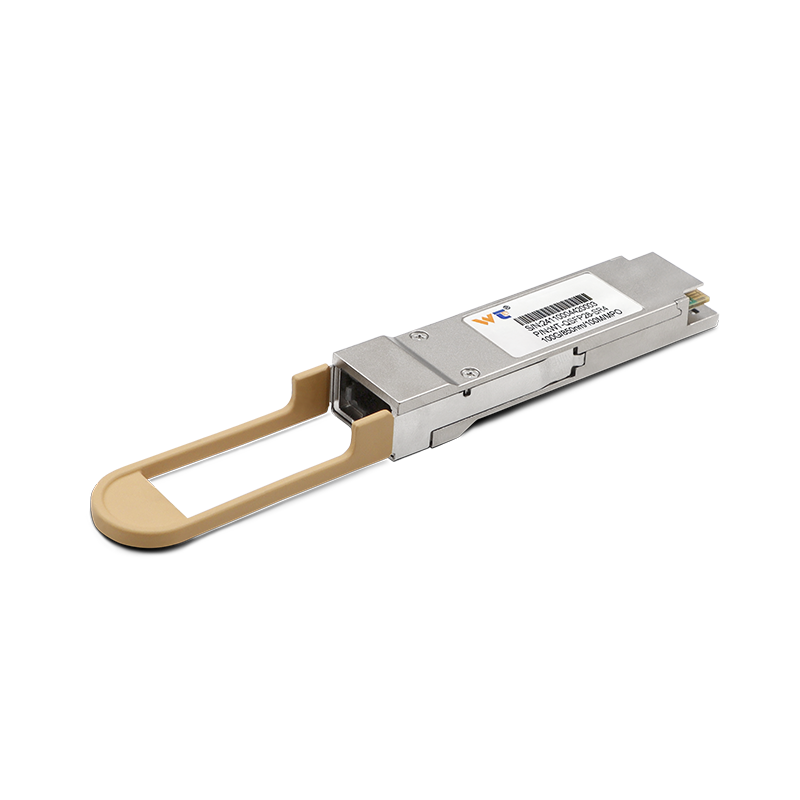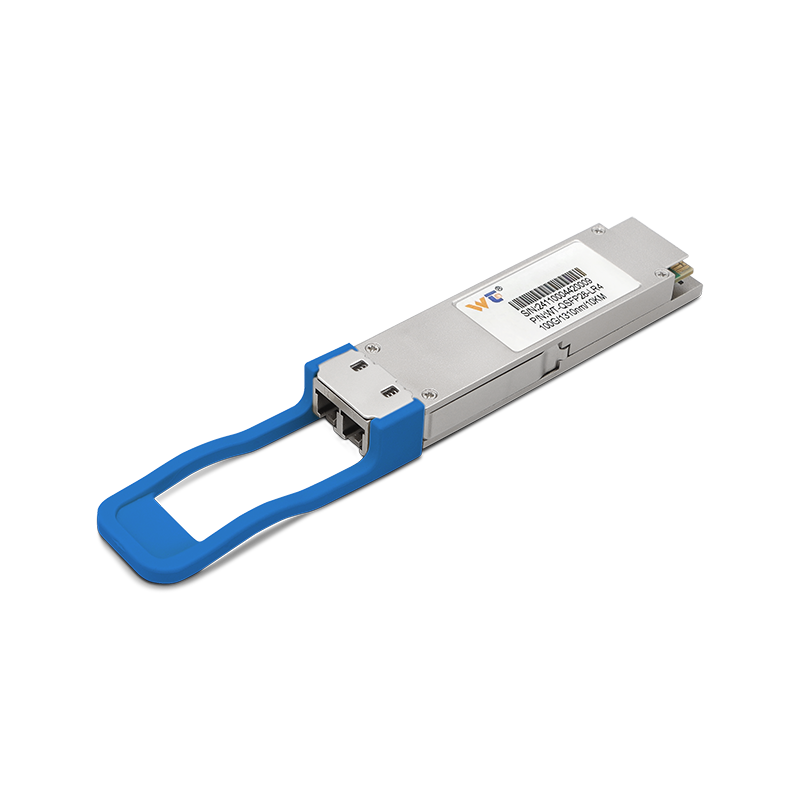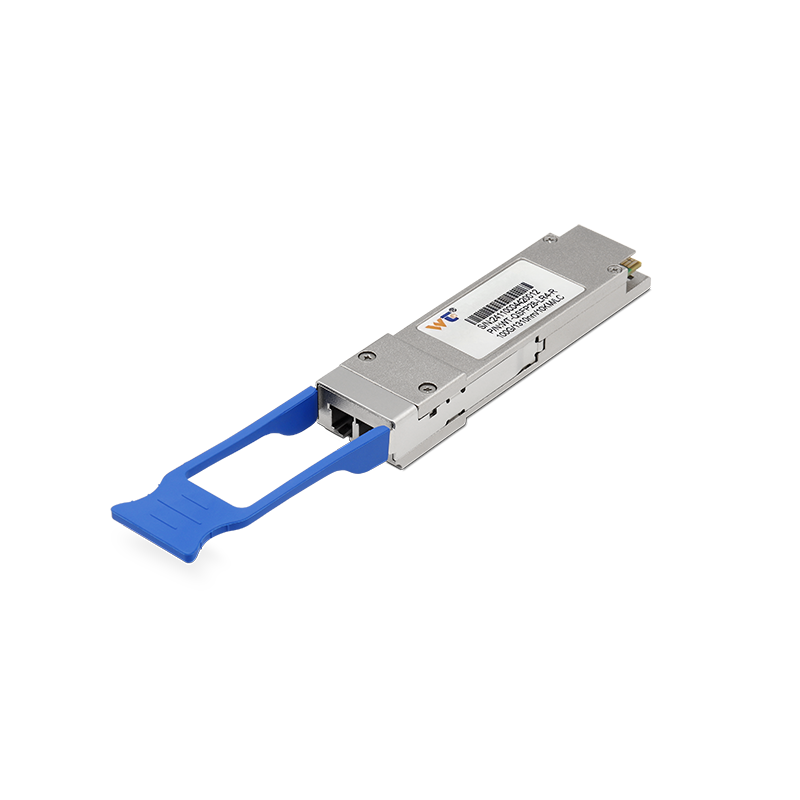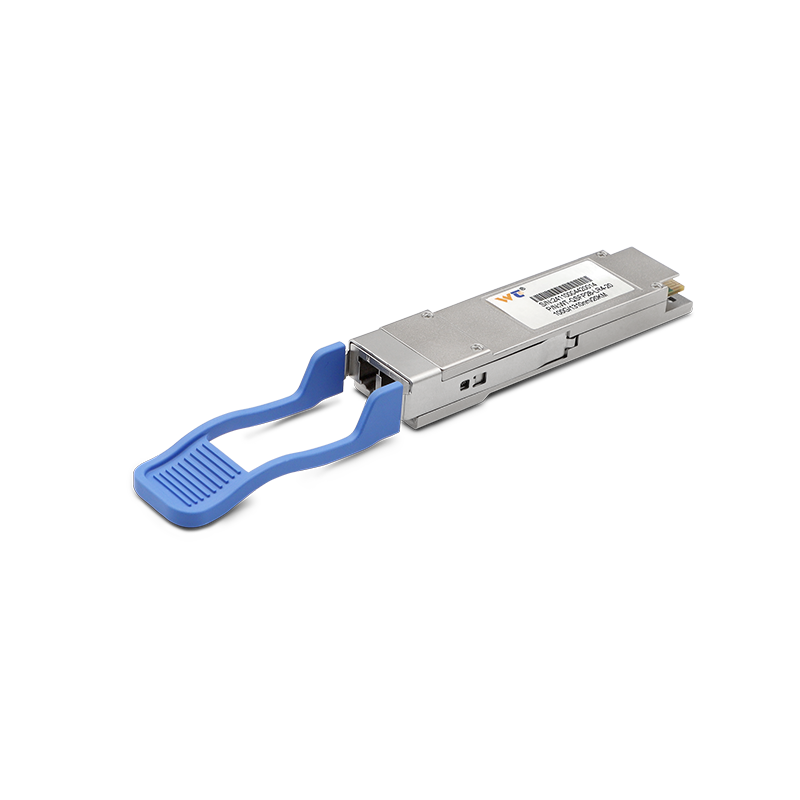The integration of 100G optical modules in intelligent manufacturing is paving the way for unprecedented advancements in network performance and operational efficiency. By 2025, the demand for seamless connectivity and rapid data transmission will be critical in optimizing manufacturing processes. Companies will utilize these high-speed optical modules not only to enhance communication between devices but also to facilitate smart maintenance solutions, effectively transforming production lines into interconnected ecosystems.
The optical module market is experiencing significant growth driven by the rise in data traffic and the need for high-speed connectivity. Current industry trends indicate that the demand for advanced optical modules is expected to surge by 20% annually through 2025. Businesses are increasingly investing in 100G optical technology to ensure efficient data handling in dynamic environments. This shift is largely influenced by the urgent need for real-time data processing and the proliferation of IoT devices in manufacturing settings. As a result, businesses are employing innovative optical modules that enhance bandwidth capabilities while reducing latency, thus enabling smarter manufacturing operations.
| Optical Module Technology | Key Applications |
|---|---|
| 100G SFP28 | High-speed data centers |
| 100G QSFP28 | Cloud computing and big data applications |
| 100G CFP2 | Metro and long-haul telecommunications |
| 100G AOC (Active Optical Cable) | Space-constrained environments |
Diving deeper into the types of optical modules, several technologies distinguish themselves in the current landscape. 100G SFP28 modules are popular for their cost-effectiveness and versatility, particularly in data centers, where high-speed connections are paramount. 100G QSFP28 modules offer four channels for data transmission, making them ideal for cloud computing environments that demand significant bandwidth. For longer distances, 100G CFP2 modules are utilized, as they excel in metro and long-haul telecommunications applications. Additionally, 100G Active Optical Cables (AOCs) provide a reliable solution for environments with space constraints, combining high performance with ease of installation.
As we look ahead to 2025, the deployment of optical modules in smart manufacturing contexts will become increasingly sophisticated. For instance, imagine a manufacturing plant equipped with 100G optical modules enabling real-time monitoring and analysis of production processes. This setup not only allows for rapid data exchange between machines but also supports predictive maintenance strategies. By utilizing data analytics, manufacturers can foresee equipment failures and schedule maintenance efficiently, reducing downtime and costs.
Our website provides a range of high-quality optical module products, meticulously tested to ensure excellent performance across various application scenarios. Whether it's for high-speed data transmission or long-distance communication, our optical modules are designed to meet your needs effectively. With rigorous quality checks, we guarantee reliability and efficiency, delivering solutions that empower businesses in their quest for innovation.
In conclusion, the integration of 100G optical modules represents a pivotal shift in the landscape of intelligent manufacturing. These technologies not only enhance connectivity but also enable smart maintenance practices, ultimately driving efficiency and performance. As we approach 2025, investing in advanced optical solutions will be critical for manufacturers aiming to thrive in an increasingly data-driven world.






